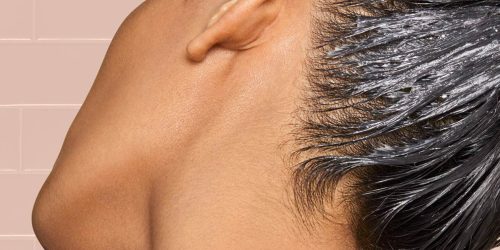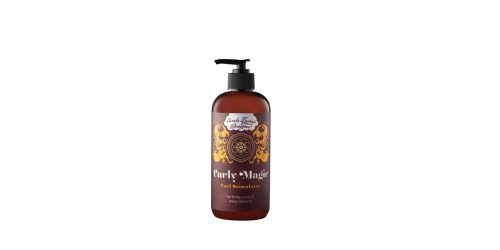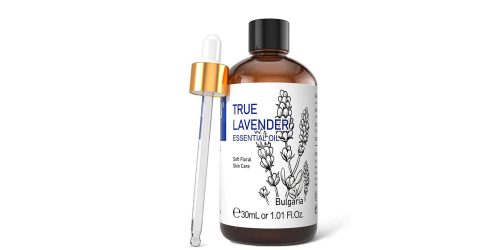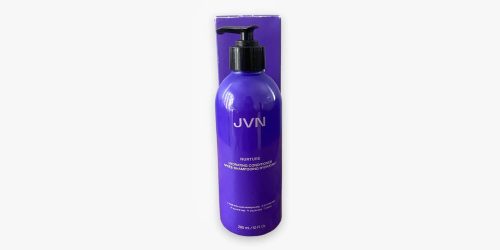Revive Your Locks: Expert Tips on Repairing Damaged Hair
I understand the distress of dealing with damaged hair. I’ve gathered insights from experts in the field to provide comprehensive guidance on rejuvenating and restoring your hair’s health. Here’s a breakdown of essential tips:
Beware of Chemical Treatments
Chemical treatments wield the power to bring about remarkable transformations in hair, yet they frequently come hand in hand with detrimental effects. The primary reason behind their damaging nature lies in their chemical composition, which often strips the hair of its natural moisture and protective layers. These treatments, such as perming, straightening, or coloring, typically involve harsh chemicals that break down the hair’s protein structure, leading to weakened strands and eventual damage.
To counteract this damage, opting for gentler alternatives is key. Natural dye options like henna or ammonia-free coloring formulas provide a more gentle approach to coloring. Henna, for instance, is a natural plant-based dye that not only adds color but also coats the hair, providing a protective layer that enhances its strength and shine. Ammonia-free colors minimize damage by avoiding the harsh chemical that swells the hair shaft, allowing gentler penetration of the color molecules.
Reducing the frequency of chemical treatments also plays a crucial role in maintaining hair health. Frequent exposure to these treatments can compound damage over time, leading to brittle, lackluster hair. By spacing out these treatments and allowing the hair to recover between sessions, you give it the opportunity to rebuild its natural strength and resilience.
Ultimately, the rationale behind favoring gentler alternatives or minimizing the frequency of chemical treatments revolves around preserving the hair’s integrity. By avoiding harsh chemicals and allowing the hair’s natural properties to remain intact, you can significantly reduce damage and maintain healthier, more vibrant hair in the long run.
Lay Off Heat Tools
Heat styling tools are a common culprit behind hair damage due to their ability to excessively deplete moisture and weaken the hair’s structure. These tools, such as flat irons, curling wands, and blow dryers, emit high temperatures that can parch the hair, causing it to become brittle, dry, and prone to breakage. The intense heat strips away the hair’s natural oils and proteins, leading to a loss of elasticity and shine.
To mitigate this damage, minimizing the use of heat styling tools is advisable. Limiting their frequency can significantly reduce the detrimental impact on hair health. Additionally, investing in heat protectant products before styling acts as a shield, forming a protective barrier on the hair’s surface. These products contain ingredients that help dissipate and absorb some of the heat, minimizing direct exposure and reducing the potential damage caused by styling tools.
Exploring alternative styling methods that don’t rely on high temperatures is another effective strategy. Air-drying, for instance, eliminates exposure to heat entirely, allowing the hair to dry naturally without the damaging effects of blow dryers. Embracing heat-free styling techniques like braiding, twists, or using hair accessories can create beautiful hairstyles without subjecting the hair to excessive heat.
By reducing the reliance on heat styling tools and incorporating protective measures, such as heat protectant products and heat-free styling methods, individuals can safeguard their hair from the detrimental effects of high temperatures. Prioritizing these alternatives preserves the hair’s moisture, strength, and overall health, promoting resilient and lustrous locks.
Handle Hair with Care
Handling wet hair delicately is crucial as wet strands are more susceptible to damage and breakage. When hair is wet, its structure becomes more fragile, leading to increased vulnerability to breakage and stretching. Towel-drying, especially with rough towels, can exacerbate this vulnerability. The coarse texture of regular towels causes friction and tugging on wet hair, leading to frizz, tangles, and potential damage to the hair cuticles.
To protect wet hair from damage, opting for a gentler drying method is essential. Microfiber towels or soft cotton T-shirts offer a smoother surface that minimizes friction and absorbs excess water without causing stress or roughness on the strands. Their soft texture helps to gently blot the moisture from the hair, reducing the risk of breakage and maintaining the hair’s integrity.
Additionally, choosing the right tools for detangling wet hair is crucial in preventing breakage. Wide-toothed combs or detangling brushes with flexible bristles are ideal as they glide through the hair more smoothly, reducing tugging and breakage. Starting the detangling process from the ends and gradually working upwards helps to unravel knots and tangles without causing undue stress on the hair shaft. This method minimizes breakage by allowing the knots to loosen gradually, preventing damage to the hair fibers.
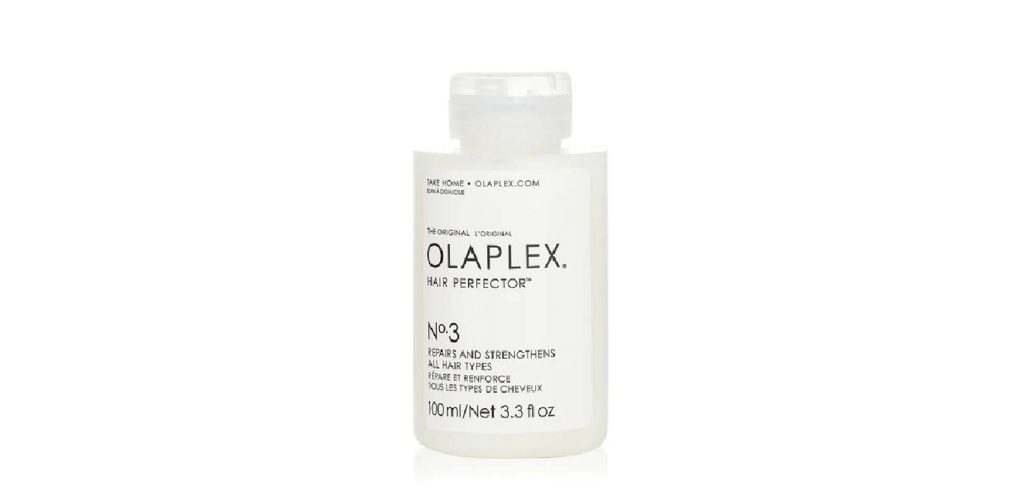
By adopting these gentle hair-handling practices, especially when dealing with wet hair, individuals can significantly reduce the risk of damage, breakage, and frizz. Treating wet hair with care and using gentle drying techniques and appropriate detangling tools helps to maintain the hair’s strength, smoothness, and overall health, promoting resilient and beautiful locks.
Deep-Condition Weekly
Deep conditioning serves as a crucial step in reviving and replenishing moisture in damaged hair strands. When hair is damaged, it often loses its natural oils and moisture, leaving it dry, brittle, and more prone to breakage. Deep conditioning treatments offer a potent solution by delivering intense hydration and nourishment to parched strands, restoring their vitality and strength.
When selecting deep conditioning products, focusing on ingredients like argan oil, shea butter, or keratin is highly beneficial. These ingredients boast remarkable properties that cater to various aspects of damaged hair. Argan oil is rich in vitamins and fatty acids, deeply penetrating the hair shaft to moisturize and soften strands while enhancing shine. Shea butter is renowned for its emollient properties, sealing in moisture and providing a protective barrier to prevent further moisture loss. Keratin, being a structural protein, helps repair and strengthen the hair’s internal structure, improving elasticity and resilience.
Products enriched with these ingredients offer multifaceted benefits. They not only provide intense hydration to combat dryness but also repair damage by nourishing the hair from within. These treatments work to smooth the hair cuticle, reducing frizz and enhancing manageability. Moreover, they improve hair elasticity, allowing the strands to stretch without breaking, thus reducing the risk of further damage.
Regular use of deep conditioning masks or treatments containing these potent ingredients can significantly improve the overall health and appearance of damaged hair. They play a pivotal role in restoring moisture, repairing damage, and fortifying the hair, resulting in softer, smoother, and more resilient locks. Deep conditioning acts as a vital aspect of hair care, nurturing and revitalizing damaged strands to promote healthier and more lustrous hair.
Recommended Product: Olaplex Hair Perfector No. 3
Olaplex No. 3 is a highly acclaimed treatment that strengthens and repairs damaged hair. Its patented formula rebuilds hair bonds, reducing breakage and restoring hair health. Apply it weekly to damp hair for a transformative deep conditioning experience.
Consider a Cut
Trimming damaged ends is a fundamental aspect of hair maintenance essential for promoting overall hair health. When hair becomes damaged, particularly at the ends, it often develops split ends, where the hair shaft splits into two or more strands. If left unaddressed, these split ends have the tendency to travel upward along the hair shaft, causing further damage and weakening the entire strand.
Regular trims, typically recommended every 6 to 8 weeks, serve as a preventive measure against the progression of split ends. By consistently removing these damaged ends, hair stylists or professionals prevent the split from extending further up the strand. This regular maintenance not only maintains the hair’s appearance by keeping the ends neat and uniform but also preserves the integrity of the locks.
Trimming the damaged ends helps maintain the overall health of the hair. It prevents the split ends from causing tangles and knots, reducing the likelihood of breakage and further damage to the hair. Additionally, it contributes to maintaining the hair’s strength and vitality, preventing the need for more drastic cuts in the future due to excessive damage.
Regular trims play a proactive role in preserving the health and appearance of the hair, ensuring that it remains strong, smooth, and free from the detrimental effects of split ends. By adhering to a consistent trimming schedule, individuals can sustain healthy, vibrant locks, minimizing the need for extensive treatments and promoting the longevity of their hair.
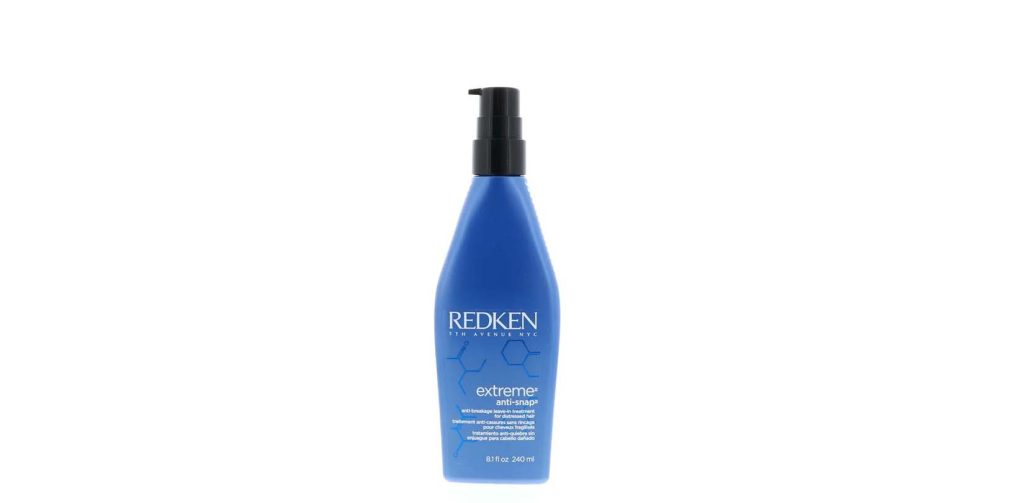
Recommended Product: Redken Extreme Anti-Snap Leave-In Treatment
Redken’s Anti-Snap Leave-In Treatment helps prevent breakage and split ends. It fortifies weakened hair, reducing damage and protecting against future breakage, allowing you to extend the time between trims.
By integrating these expert-backed tips into your hair care routine and investing in targeted products, you can repair and revitalize damaged hair, restoring its strength, shine, and overall health. Remember, patience and consistent care are key to achieving luscious, healthy locks once again.
